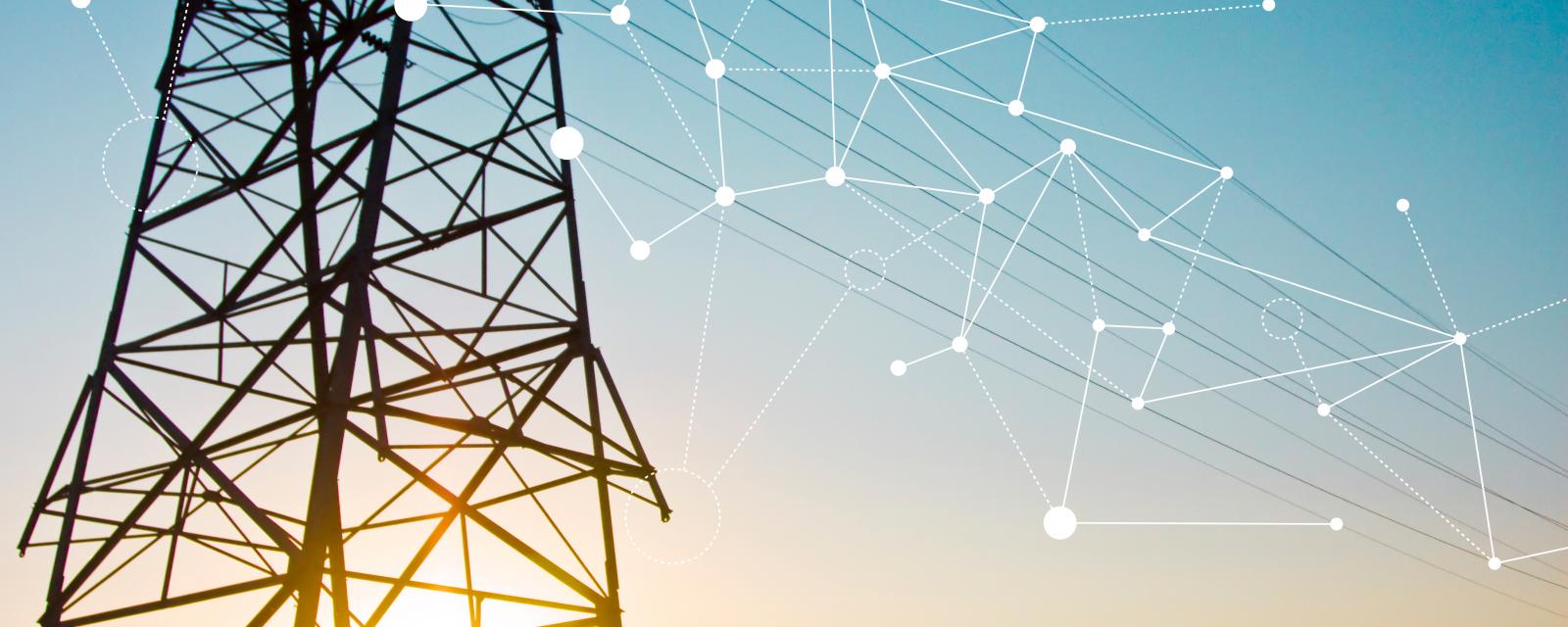The implementation of a custom-made data platform needed by an international pharmaceutical company.
How a Data Management Platform Contributed to Shaping a Smart Energy Network
WHO
Our client, one of the largest European transmission system operators for high-voltage electricity, wanted to become a new go-between for energy producers and consumers to cope with decentralised energy production.
WHY
For transmission system operators and distribution system operators, the current energy transition is making the planning and operation of the electricity distribution network increasingly difficult. On the one hand, energy supply is volatile. On the other hand, the rapid increase in energy from renewable sources, combined with changing charging patterns, makes it more difficult to manage and balance the power system.
This growing complexity requires more flexible solutions than the current networked architecture, which will no longer be able to cope with it.
In the face of this challenging backdrop, a high-voltage transmission system operator was convinced that digital technology had a role to play in preparing the energy system for the future. That’s how we embarked on a journey with them to build a smart energy network.
WHAT
To build a smart energy network, we focused on Smart Energy Grids.
While decentralised power generation coupled with numerous actors at both ends of the power line requires coordination, digital technology can manage multiple energy resources more efficiently. A state-of-the-art data and analysis platform is therefore no longer an option but a necessity. That’s why, we supported our client in building a data management platform to support their smart energy network. This included, first, providing guidelines and a roadmap to build a robust, secure and resilient digital energy platform. To do it, we made the most of the latest technologies in distributed computing and brought together data from all energy producers and consumers.
Another part of our mission was to come up with a learning model that optimises the balance between energy production and consumption to bring value to market players. This tool dedicated to forecasting electricity supply and demand aimed to assess the impact of macro trends in demand on the dynamics of electricity distribution.
The benefits? On top of enabling the intelligent distribution of energy, the data management platform we contributed to build can be connected to the grid to add new revenue streams and meet new customer needs. It also turns out to be a strategic decision-making tool. Finally, it brings seamless digital customer journeys, improving service quality and customer satisfaction by using digitisation and lean operations to provide better, faster service and consistency across channels.
FUTURE OPPORTUNITIES
Our client now plans to present the projects to its energy partners, including energy suppliers and delivery service operators.



